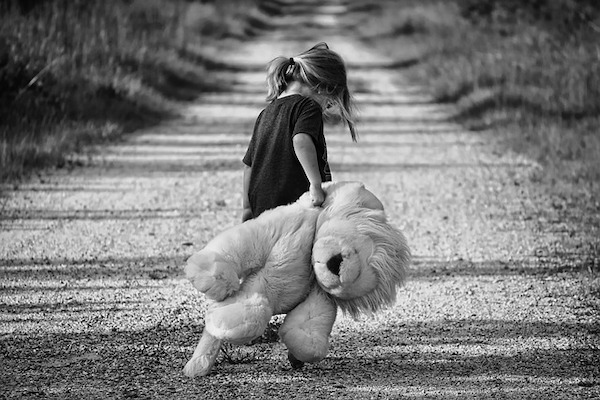A
Part One is an Introduction:
The first time my daughter had a full panic attack I had one along with her. We were at the same gymnastics studio we’d been attending twice a week for three years. Her favorite coach and friends were already on the mat, but she was so terrified she couldn’t walk through the door. She gripped my arm, wailing and sobbing while her little body trembled. I did a poor job of calming her; I was shaking myself.
Then she threw up on me, and we both cried. We cried as we made our way to the car to clean up. We cried as we drove home. We cried as we showered. We cried as we snuggled in her bed. We cried until, exhausted, she whispered: “Mommy I’m so glad we have each other.” While she slept I continued to cry.
Part Two discusses anxiety attacks from a child’s perspective:
I’m not a therapist. I have only my limited experience to pull from. But I’ve muddled my way through enough rough moments. I’ve been there. More times than I can count. In our introduction, I admitted to my spectacular failure when my daughter went through her first anxiety attack. Those moments, when you can’t reach them and logic goes out the window are scary and difficult.
For me. I had no idea what they felt like for her. So I went to the source, my darling goofball, to find out more. Together we went through the memory of a time “big feelings” got the best of her. What follows is an eight-year old’s perspective (with a momma’s notes).
Part Three discusses prevent future anxiety attacks and helping children gain control of their own anxiety.
We’d become adept at managing anxiety attacks, but how could we prevent them? More importantly, how could we help her manage her own anxiety, and in so doing bolster her confidence? Big feelings were going to happen, but I wanted her to go through life flexing strong emotional muscles not reacting to events in a fragile manner. So we began building an emotional tool chest. Below are some of my favorite and the most effective methods we’ve found.





0 Comments